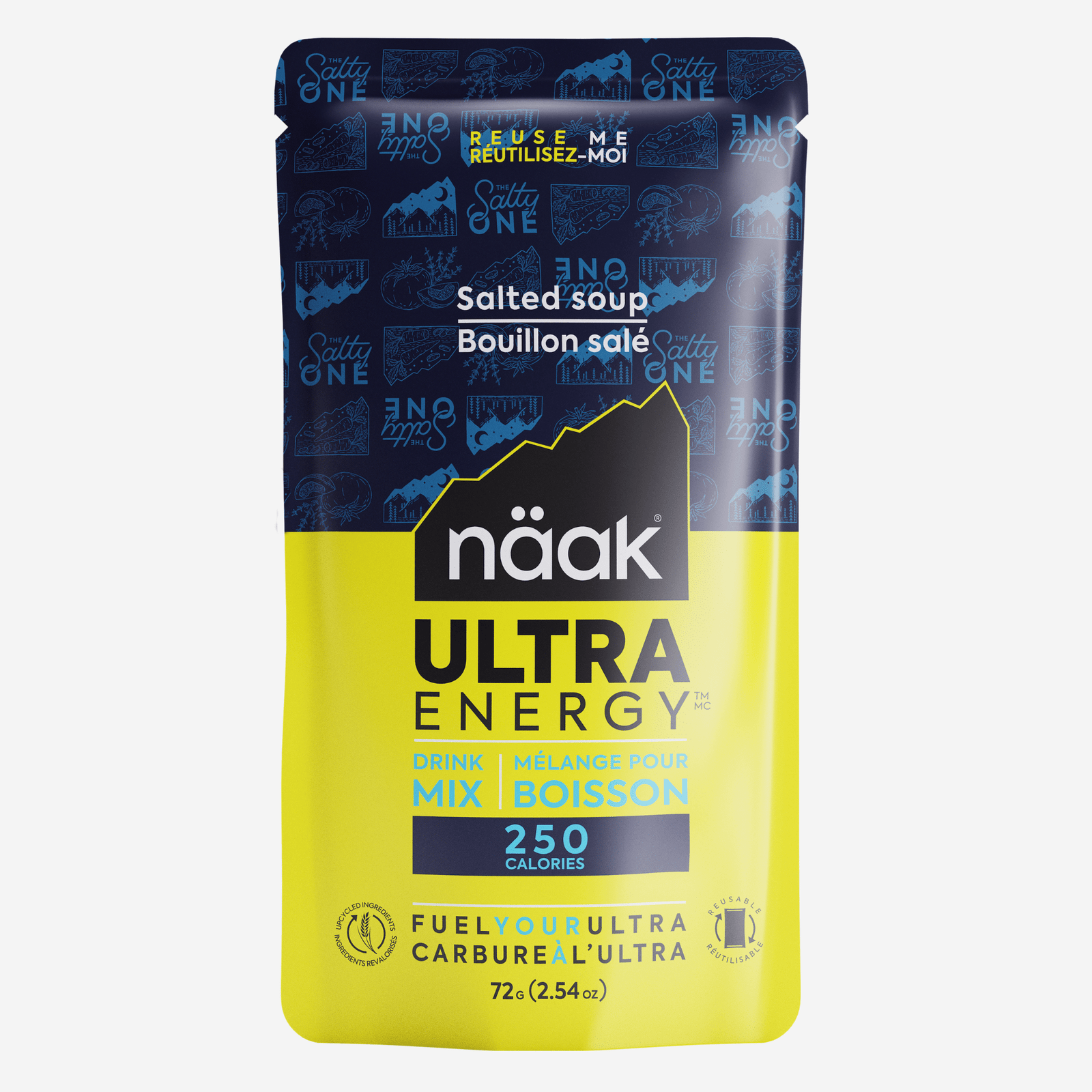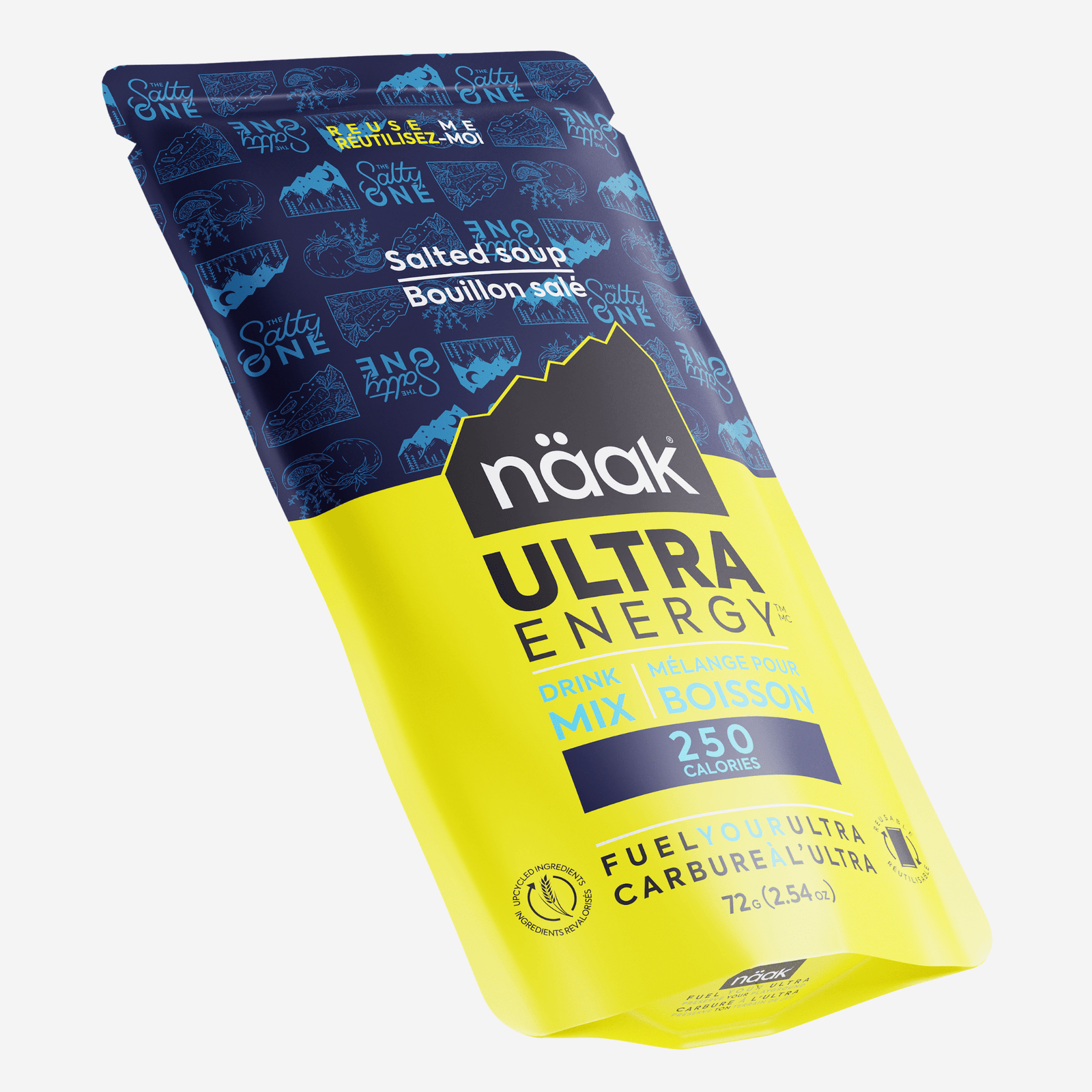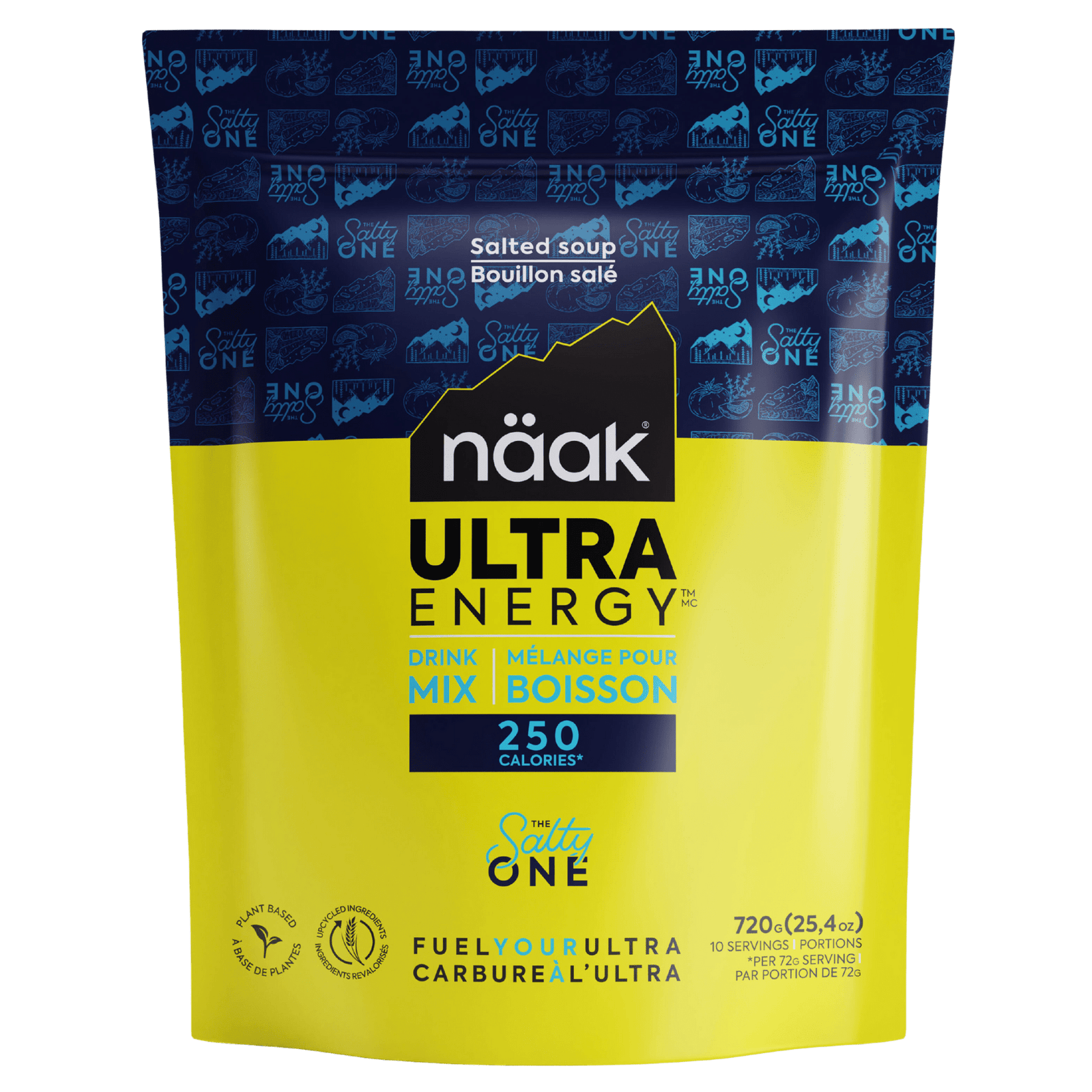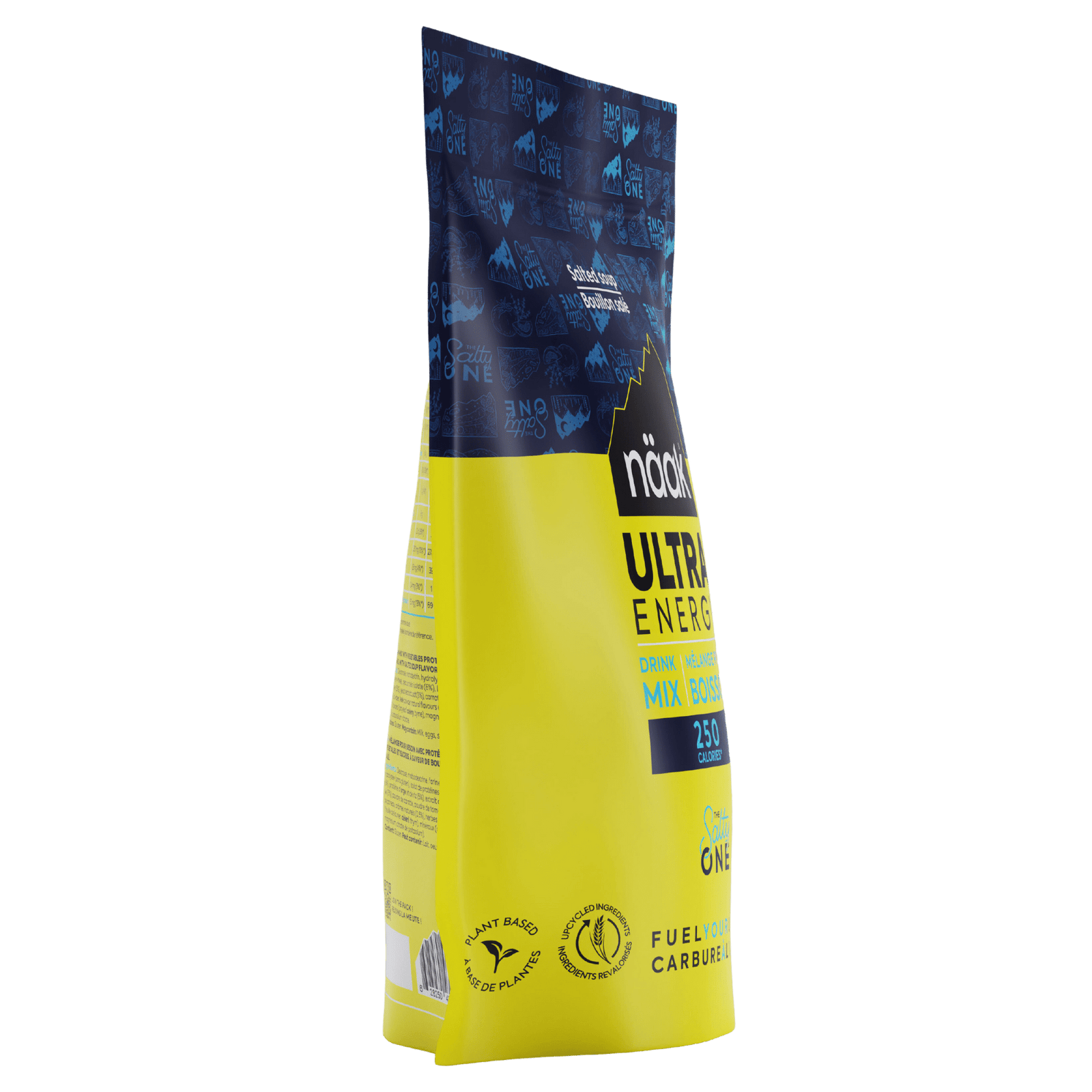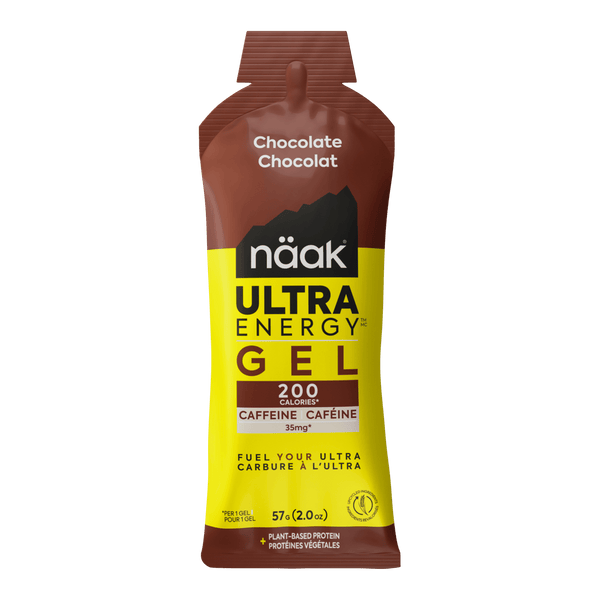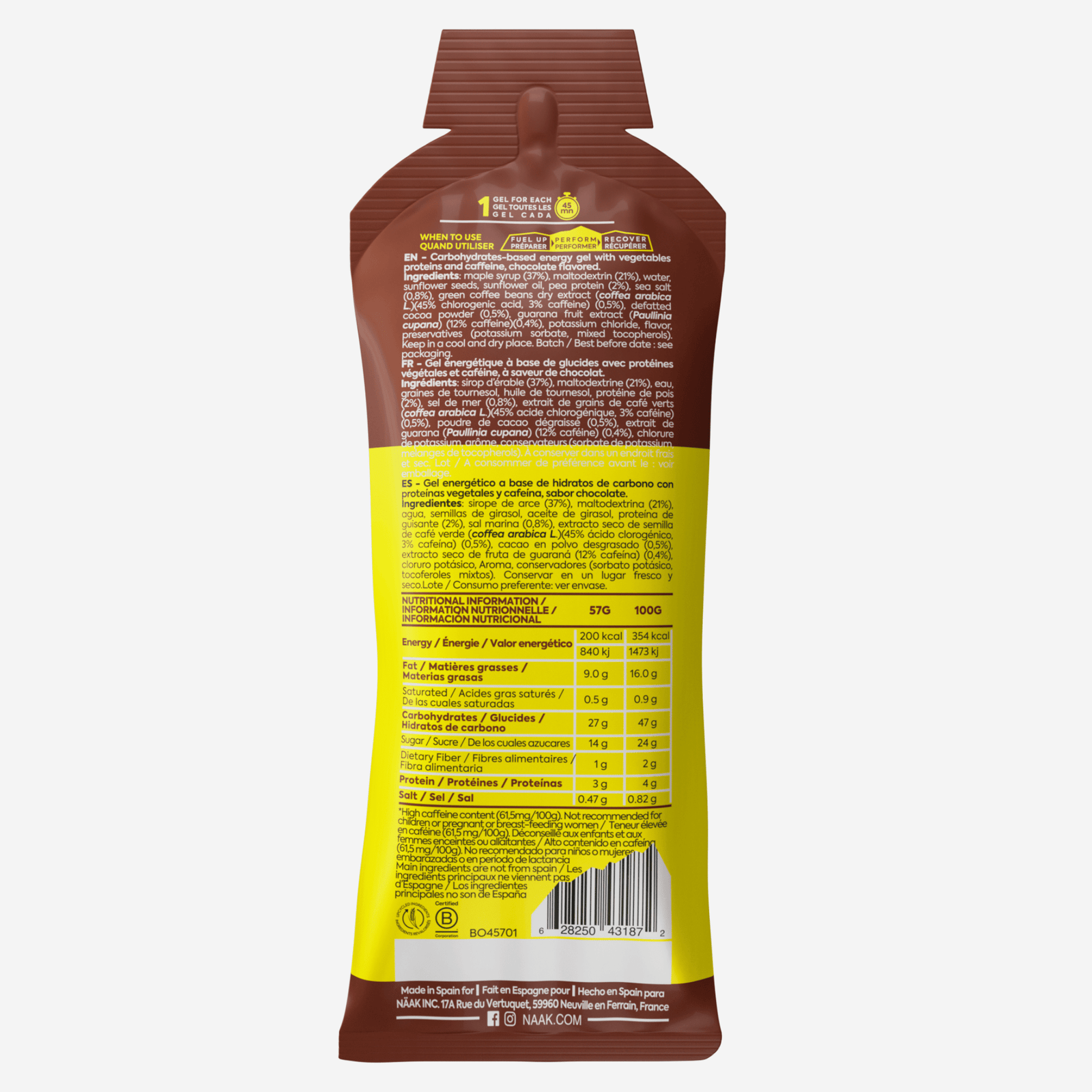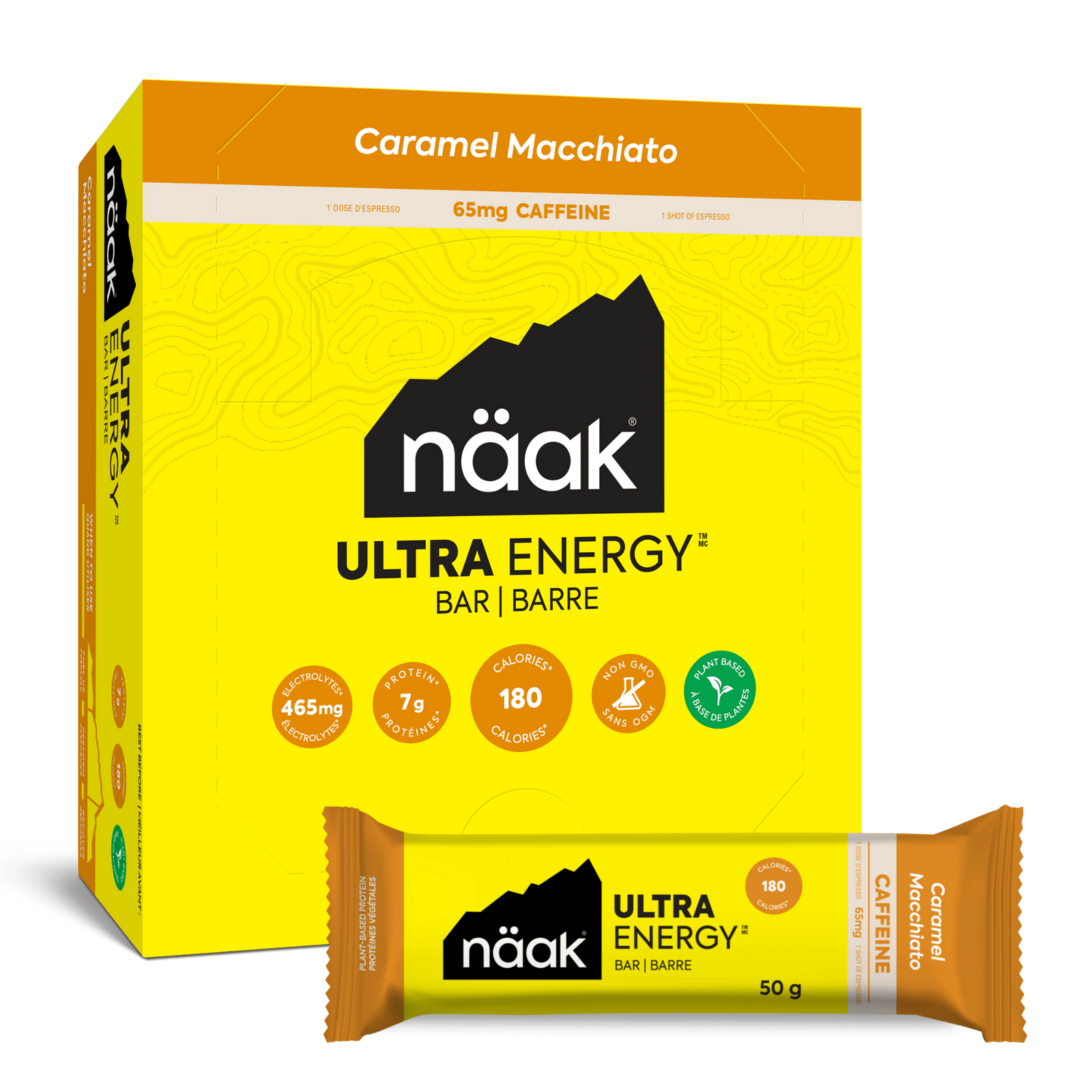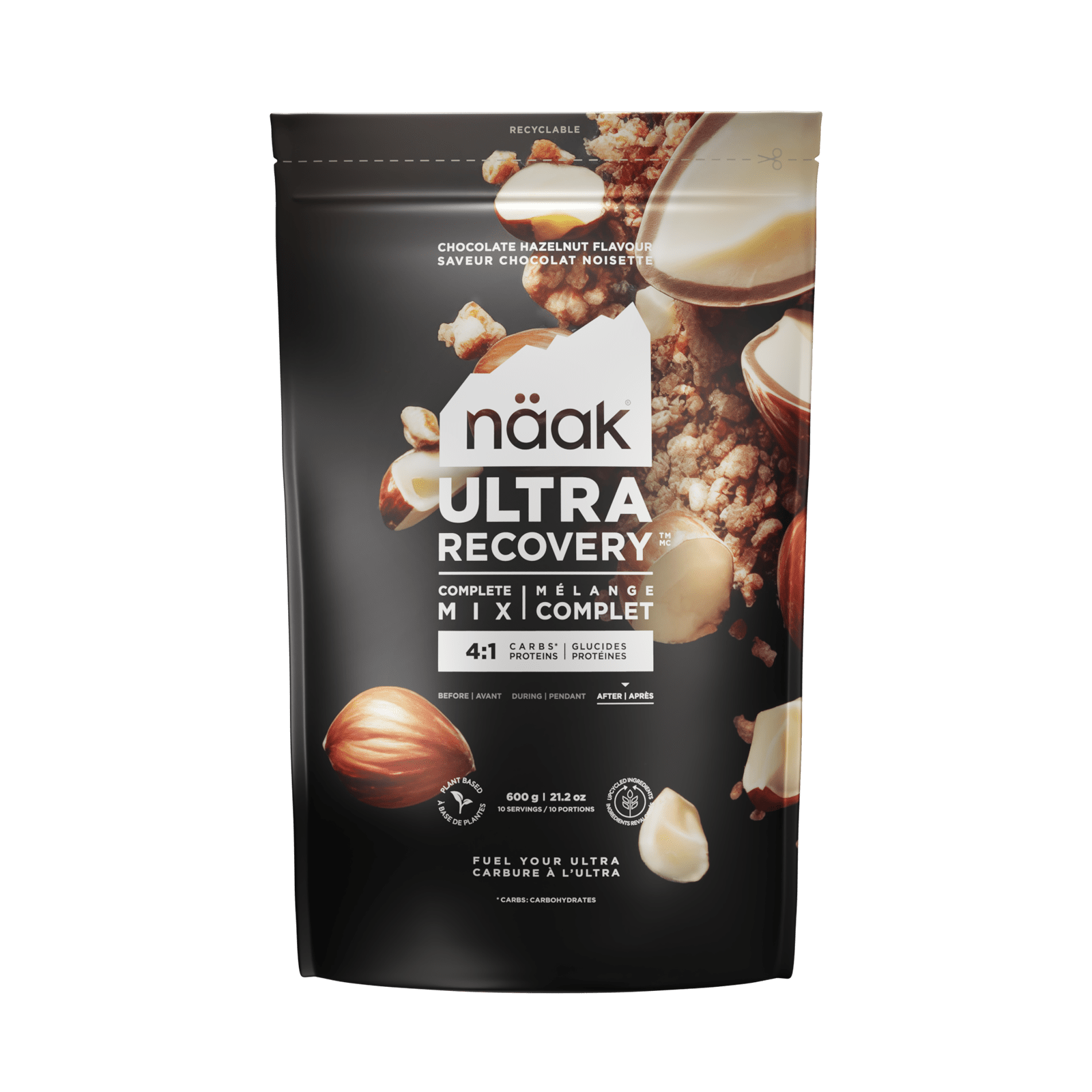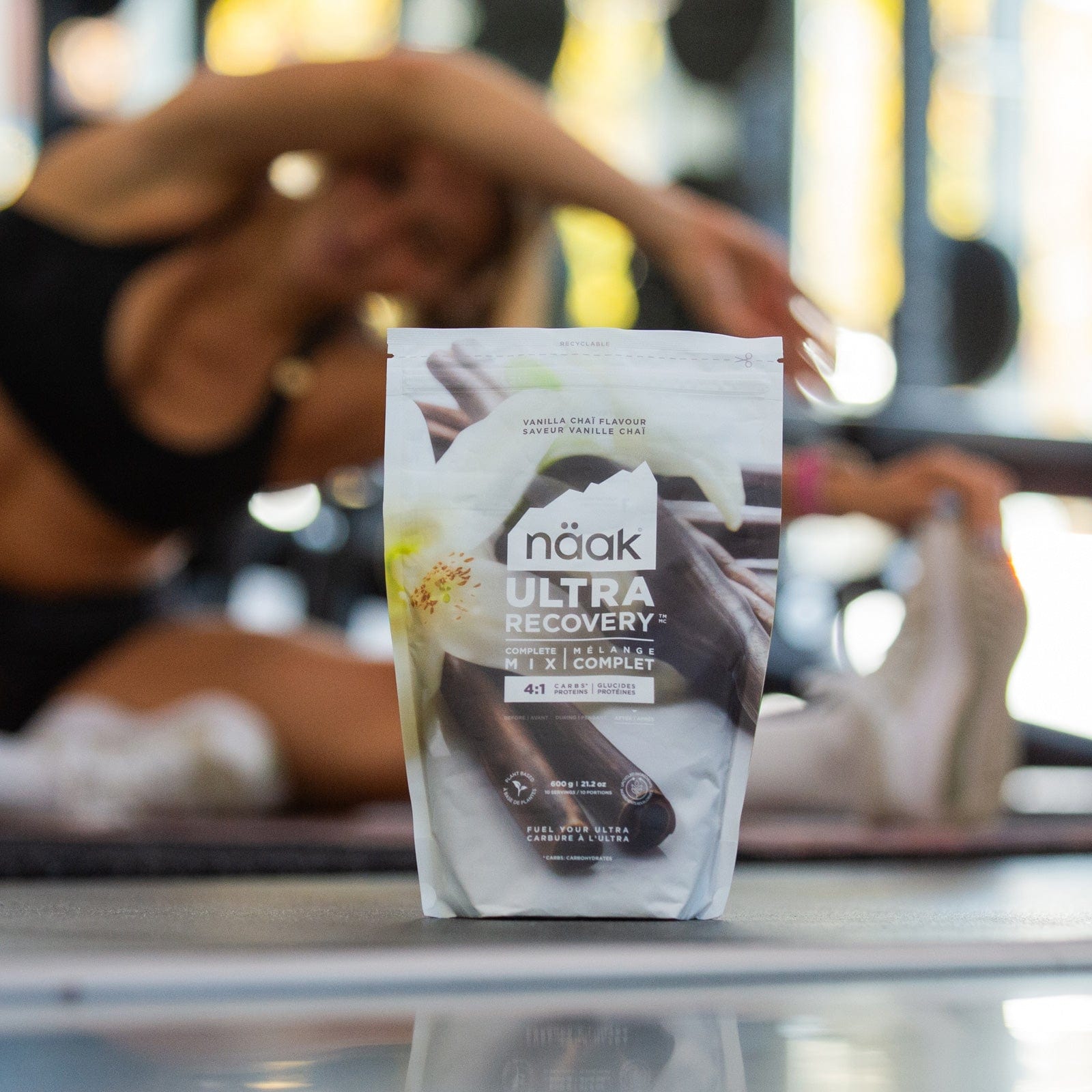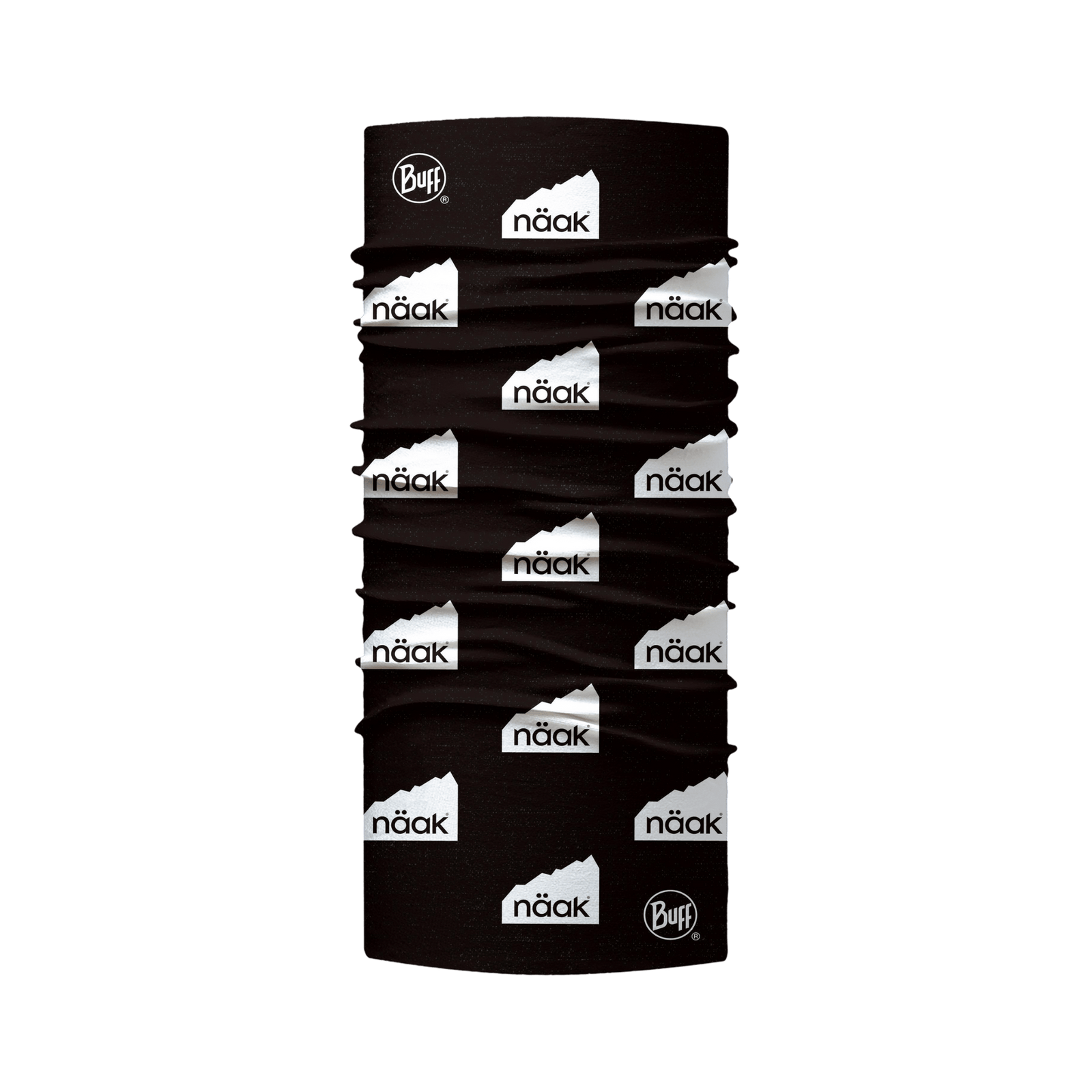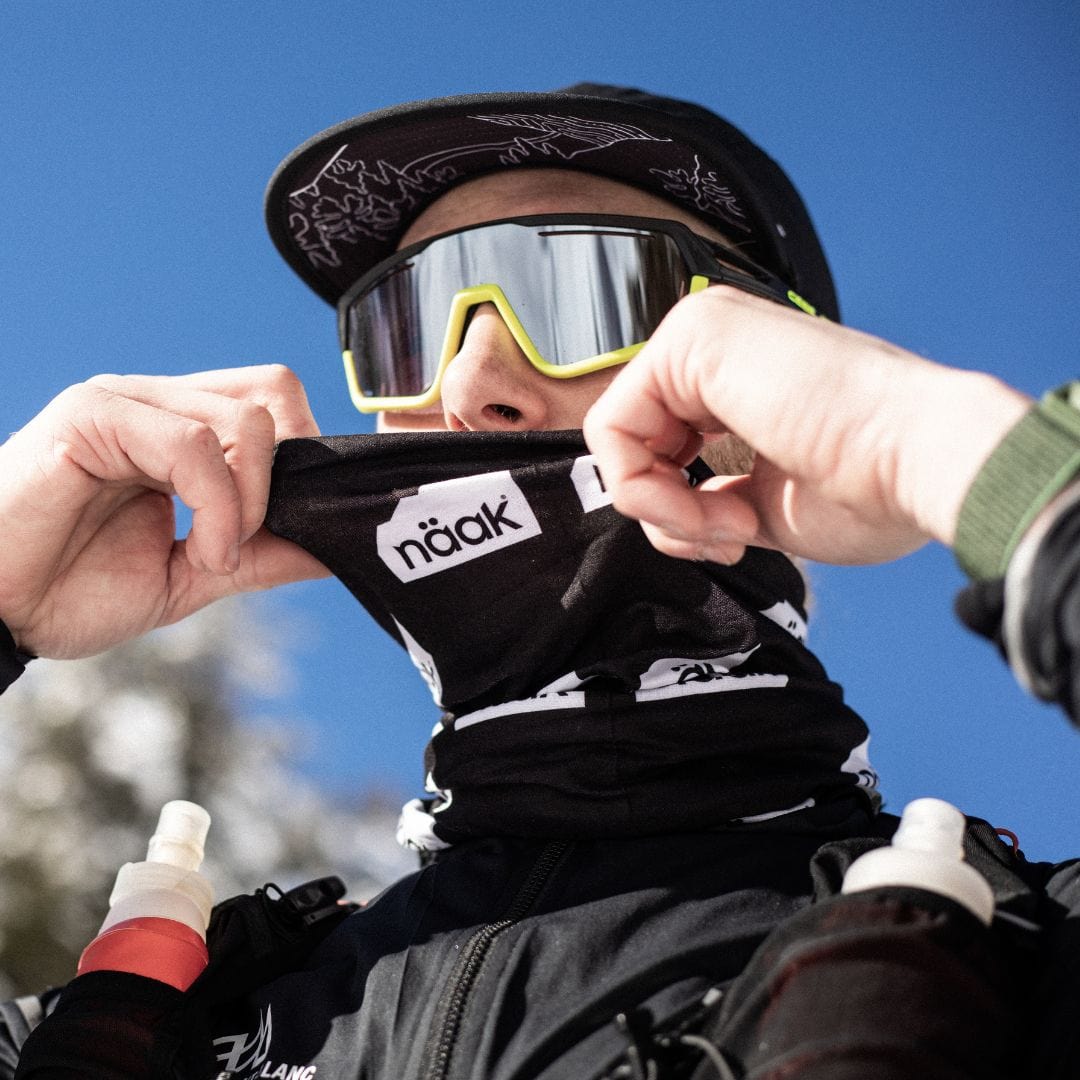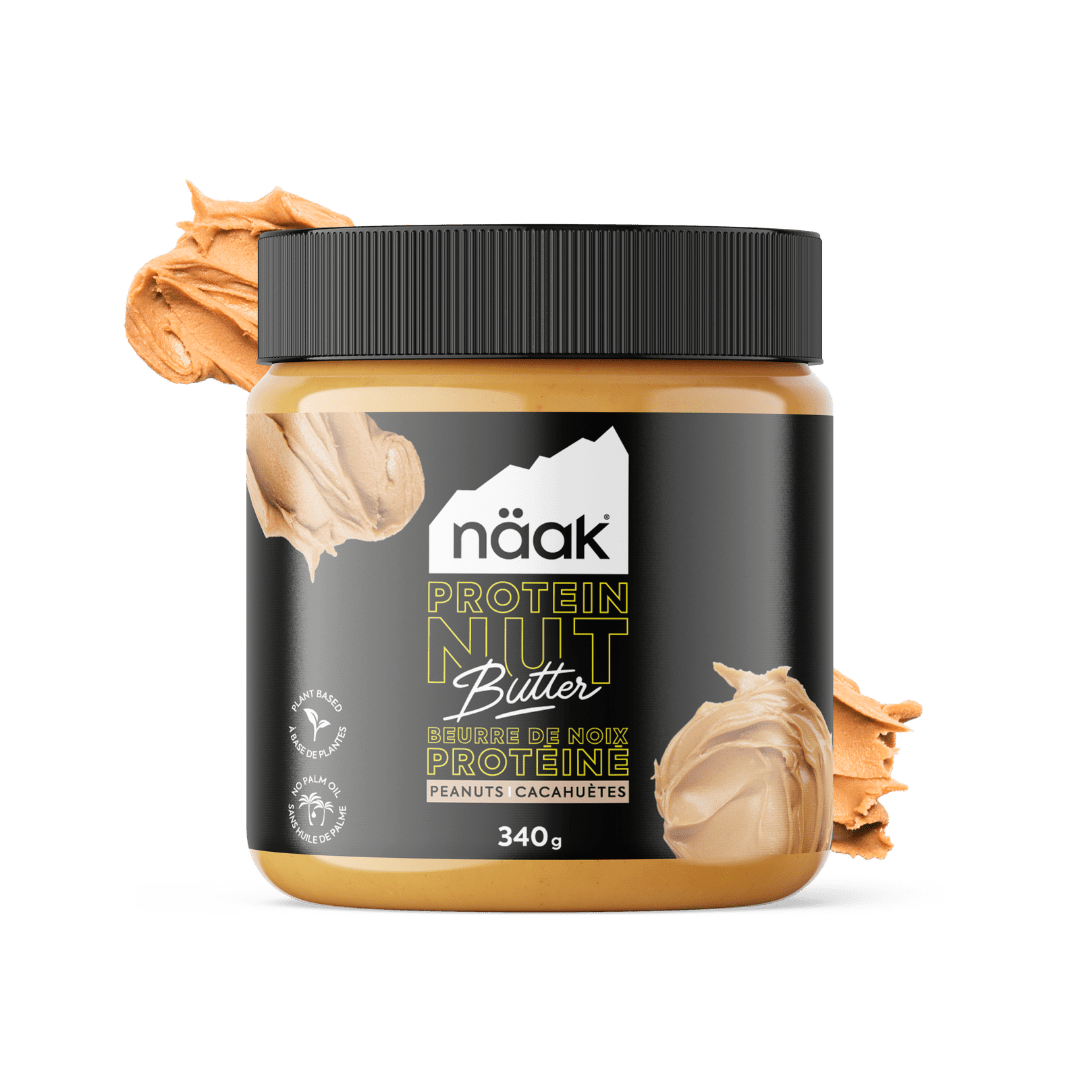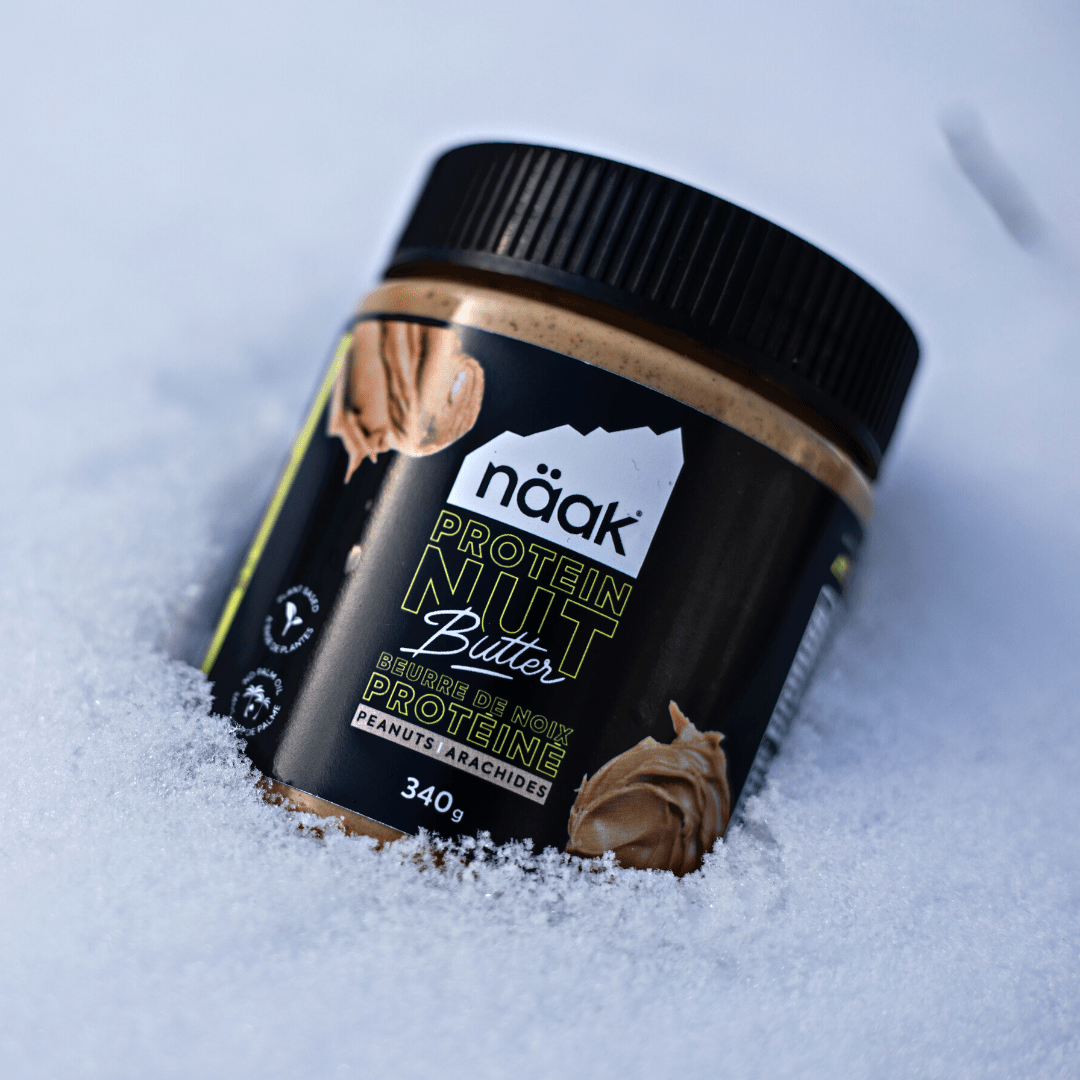How to not injure yourself during a trail ? How to healing ? How to rock the Western States ? Confidence of Adam Peterman, the Usain Bolt of Ultra-trail running.
Adam Peterman is a UFO. A latecomer to the trails, after a first athletic career on the track, his process curve went skyrocket. Unknown in 2021, he went on to win the legendary Western States and the Trail World Championships in 2022. His trajectory is meteoric. The year 2023 was supposed to be the year of consecration: in the end, it was to be the year of assimilation. Injury - stress fracture - he was forced to halt his ascent. Calmed, determined and driven by an inspiring quiet strength, Adam Peterman is back in 2024 to mark, we hope, a smashing comeback.
From the Rockies of his native Montana, his fever dream took him through the Californian heat and the Chamonix hights - from the Western States to the CCC - Peterman confides in us with rare frankness and disarming humility.
How to avoid trail injuries? How to heal after an injury? How to successfully complete a Western States or ultra-distance race in extreme heat? Adam Peterman, ultra-trail's new UFO, answers all these questions in the second installment of 'NÄAK TIPS'*!*NÄAK TIPS is our new series of articles in which our professional athletes share their tips and experiences with you, so that you too can achieve your goals on D-Day. To find all the articles in this section, click here

*This interview was recorded in early April 2024. Adam finished 14th at the Canyons Endurance Runs by UTMB and didn't get his golden ticket for this year's Western States. He will participate in the CCC by UTMB this summer.
How to avoid trail injuries?
What advice do you have for recovering from an injury?
TRAIL TIP #1 FROM ADAM PETERMAN: “DON'T PUSH TOO HARD”.
“In 2023, I suffered one of the most common running injuries: a stress fracture in the sacrum. Why that? Because I was simply doing too much. After two great years - in 2023, carried away by enthusiasm, I tried to reach my limits too quickly. I did a lot of cross-country skiing, ski touring and training between December 2022 and February 2023. By the end of the winter, I was feeling in great shape, so I didn't go progressively enough in my return to running. With the pressure of my new status, and the desire to do well, I felt negative stress about the upcoming races. As if they were coming too fast. As if I'd never be ready. So I increased my training load considerably, setting myself high altitude and mileage targets. I relied on numbers rather than feelings. I listened to my data rather than my body. I pushed myself too hard, and I hurt myself."
“In 2023, I suffered one of the most common running injuries: a stress fracture in the sacrum. Why that? Because I was simply doing too much.”
TRAIL TIP #2 FROM ADAM PETERMAN: “TRUST YOURSELF & DON'T COME BACK TOO QUICKLY”.
“After my sacrum stress fracture, I spent 2 months on complete rest - no physical exercise whatsoever - and 4 months without running. When I started running again, I was actually afraid. In the end, I got fitter and felt better very quickly. I felt almost better than before. It was as if the injury had allowed my body to regenerate."
"I felt almost better than before. It was as if the injury had allowed my body to regenerate."
TRAIL TIP #3 FROM ADAM PETERMAN: “BALANCING MENTAL & PHYSICAL LOADS".
“Stress fracture’ is aptly named: the body breaks because it is subjected to too much stress, which is often a combination of physical and emotional overload. In 2021 and 2022, I still had a side job. I trained between 15 and 18 hours a week. In 2023, I turned professional. I thought this would allow me to absorb the fatigue resulting from weeks of 20+ hours of sport. I rushed it. The change upset my balance. There were more expectations, more free time... I learned - during my convalescence - how important it is to balance the physical and mental demands of top-level sport. Now, I'm much calmer. For example, I take one day off a week to recharge my batteries, even when I don't feel the need to."
“I take one day off a week to recharge my batteries, even when I don't feel the need."

TRAIL TIP #4 FROM ADAM PETERMAN: “EAT ALL DAY LONG”.
“The main reason for my injury was a calorie deficit. In other words, over a long period of time, I was burning more calories than what I was consuming. I was eating reasonably, but not enough in relation to my daily energy requirements. Nowadays, I ensure that I eat more: overall, I consume between 500 and 800 extra calories a day! This may not sound like much, but at the end of the month it makes a big difference. I feel like I'm eating all day long, but this is necessary when you have such a high training volume. In fact, I've put on 4 kilos of muscle since my injury. I don't know if it will make me perform better, but I do know that it makes me stronger and more resilient.”
“The main reason for my injury is related to a calorie deficit.”
TRAIL TIP #5 FROM ADAM PETERMAN: “EAT DURING TRAINING”.
“Before, I would do most of my sessions without eating. Changing this bad habit has brought me great benefits. I perform better during, and recover better after. Now, on all my outings over 1h30, I consume around 300 calories per hour, and even go up to 400 if I'm doing intensity work.”
"Before, I would do most of my sessions without eating. Changing this bad habit has brought me great benefits."
TRAIL TIP #6 FROM ADAM PETERMAN: “EAT PROTEIN DURING EXERCISE”.
“After my stress fracture, I consulted a nutritionist to find out how I could improve my diet to avoid a relapse. In addition to eating more before, during and after training, he also advised me to include more protein in my diet, particularly during exercise. That's why I'm so happy about this collaboration with Näak, whose new Ultra Energy™ Gels contain the natural proteins I need!”
“As well as eating more before, during and after training, my nutritionist also advised me to include more protein in my diet, particularly during exercise.”

How to crush your Western States race?
Nutrition tips for ultra-trailers in extreme heat?
TRAIL TIP #7 FROM ADAM PETERMAN: “FIND THE RIGHT BALANCE: EAT A LOT, BUT NOT TOO MUCH...”
“As on every ultra-trail, my advice would be to find the right balance between ‘eating a lot’ - so as not to suffer from a lack of energy - and ‘eating too much’, which can cause gastric problems, stomachaches or vomiting... This balance is even more difficult to find on the Western States, since past midday it's so hot that we're seized by a feeling of disgust even more pronounced than on other races. And yet, our ability to keep on eating is our ability to reach the finish line.”“On the Western States, it's so hot that you're seized by a sensation of disgust even more pronounced than on other races!”
TRAIL TIP #8 FROM ADAM PETERMAN: “BUILD A PRECISE BUT FLEXIBLE NUTRITION PLAN”.
“My nutrition plan for my second participation in the Western States CCC is precise and detailed. It's a framework that gives me peace of mind, towards which I recommend maintaining a certain degree of flexibility... Because in ultra-trail, and even more so on the Western States and its heat, you need to keep a margin of adaptation. Your success depends on your ability to improvise and deal with unforeseen circumstance"
“The success of the event depends on our ability to improvise and deal with the unexpected.
TRAIL TIP #9 FROM ADAM PETERMAN: “ADAPT YOUR NUTRITION PLAN TO THE HEAT”.
“I recommend eating a lot of solid food in the first half of the race, before lightening your calorie intake and preferring liquids in the second half. This has two main heat-related objectives: promote gastric comfort by eating a little less, and take care of hydration by preferring caloric intake via drinks. In concrete terms, I plan to consume between 350 and 400 calories per hour (or 90g of carbohydrates per hour) during the first few hours of the race, at the rate of a flask of Ultra Energy™ Drink Mix and an Ultra Energy™ Puree, an Ultra Energy™ Gel or even an Ultra Energy™ Waffle per hour; then to aim for 250 - 300 calories per hour (or 70g of carbohydrates per hour) at the halfway point, almost exclusively through liquid energy intake, via the Drink Mix prototypes.”“I recommend eating a lot of solid food in the first half of the race, before lightening your calorie intake and preferring liquids in the second half.
TRAIL TIP #10 FROM ADAM PETERMAN: “FOCUS ON HYDRATION & DRINK ABOUT 1.5L PER HOUR”.
“I'm pretty comfortable in very hot running conditions, but to take advantage of that, I need to be sufficiently hydrated. I'm a rather tall athlete, and I have the impression that this morphology makes me sweat a lot. If I don't have enough water, my energy levels deteriorate very quickly. So, on average, on the Western States, I drink 1.5 L per hour of running. That means: a 500-mL flask of Drink Mix and a 500-mL flask of mineral water that I take with me; topped up with 500 mL of water or soda at the feed stations. I don't include a specific isotonic drink in this hydration plan, as Näak's Drink Mix and Gelsalready contain all the electrolytes I need, which is a non-negligible 'plus'.”
“I don't include a specific isotonic drink in this hydration plan because Näak's Drink Mix and energy gels already contain all the necessary electrolytes.”

TRAIL TIP #11 FROM ADAM PETERMAN: “APPLY THOSE TWO KEYS TO AN EFFECTIVE COOLING STRATEGY".
“In my opinion, there are two key elements to acclimatize (somewhat) to the extreme heat of the Western States. Firstly, specific training sessions designed to simulate D-Day conditions. The idea is to expose your body to these high temperatures, to see how it reacts. As far as I'm concerned, this involves a week long training in Arizona, prior to the race. I'm aware that this course can be complex to set up for non-professional runners. I recommend that you do your sessions during the hottest part of the day, and that you do some of them indoors, on purpose, on a treadmill or home trainer. The second key element is the famous ice cube bandana that you tie around your neck. In my opinion, this 'ice bandana' is absolutely essential if you don't want to suffer too much from the heat. But it's important to practice running with it... and not discover its use on race day! Finally, I'm just thinking about it now, running with a constantly wet T-shirt can help reduce body temperature.”
“I then recommend doing your sessions at the hottest times of the day and doing some of them indoors, voluntarily, on a treadmill or home trainer.”
TRAIL TIP #12 FROM ADAM PETERMAN: “TAKE ADVANTAGE OF THE RIVER CROSSING”.
“The Rucky Chucky river crossing at kilometer 125 is my favorite part of the race. Because it's so hot, I enjoy jumping into the icy stream to cool off. I also enjoy it because it's where I get in touch with my 'pacer', the ally who will accompany me, encourage me and push me all the way to the finish line. Paradoxically, this preferred moment is immediately followed by the one I dread the most: the 130th to 145th km segment, when I'm so tired and the finish line seems so far away that I second guess myself. From the 145th onwards, I mentally rebound, my internal discourse becomes positive again and I become certain that I'm going to finish!"We hope Adam Peterman's advice will help you avoid injury and/or prepare for your next ultra-trail in hot conditions. If you'd like to put together your own individualized nutrition plan, perfectly tailored to your needs, don't hesitate to use our Nutrition Calculator (article link)!“The Rucky Chucky river crossing at kilometer 125 is my favorite part of the race.”

























